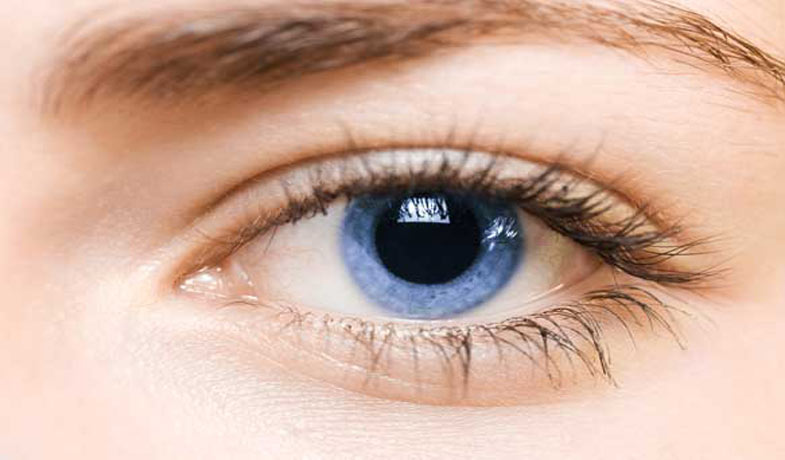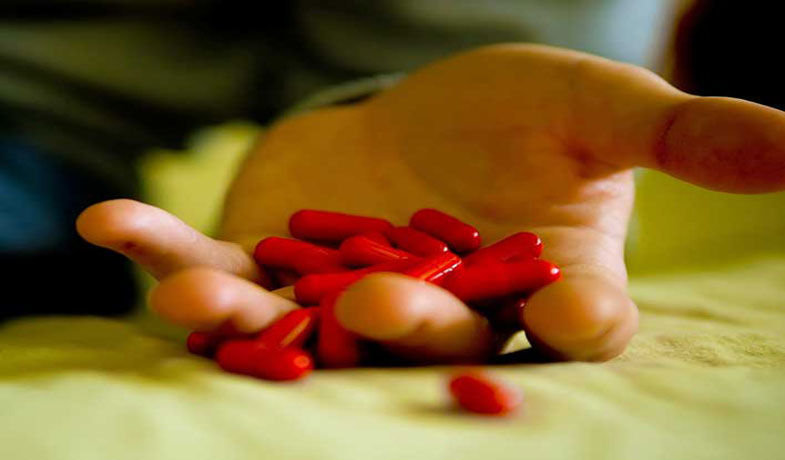We obtain them from the carbohydrates contained in our daily diet. The blood carries sugar to individual cells, which absorb it with the help of the hormone insulin produced in the pancreas. If this hormone is produced in little quantity or not at all, a sugar deficit occurs in the cells and blood sugar increases.
In Germany, diabetic retinal disease (retinopathy) is the most common cause of blindness in adults – around 6,000 diabetics lose their vision in this way every year. It can occur in type 1 and type 2 diabetics.
In diabetic retinopathy, the retinal vessels become diseased as a result of the metabolic disorder. It lies behind the vitreous body and transmits all light stimuli that enter through the pupil of the eye to the optic nerves and, therefore, to the brain. There they are processed into the image that we perceive.
Its vessels provide nutrition to the retina. The disease causes some parts to die, others to become permeable to blood components and blood. Recurrent bleeding and, ultimately, vascular growths occur. Long-term high blood sugar levels lead to changes in the blood vessels of diabetics. This also applies to the tiny blood vessels in the retina. Vascular changes in the retina lead, on the one hand, to blockage of the vessels and thus to a lack of supply to the visual cells and, on the other hand, to changes in the vessel walls, so that fluid leaks from the vessels. in neighboring tissue. However, vision often only deteriorates at a late stage.
Although diabetic retinopathy develops very slowly, it is expected that after 10 to 15 years, two-thirds of all diabetics will be affected by circulatory disorders in the retina. If diabetes occurs in adolescence, development occurs more quickly; In the case of diseases at an advanced age, however, progression is generally slower and more gradual. As the disease progresses, new abnormal vessels form and proliferate from the retina into the vitreous body. At this stage of diabetic retinopathy, vision is at great risk.
An early and regular visit to the ophthalmologist can help many diabetics Maintain your vision, but a cure for diabetic retinal disease is not yet possible. However, in many cases, laser treatment can often be used to slow down or even stop the progression of effects on vision, meaning that at least the risk of vision loss is largely avoided.





